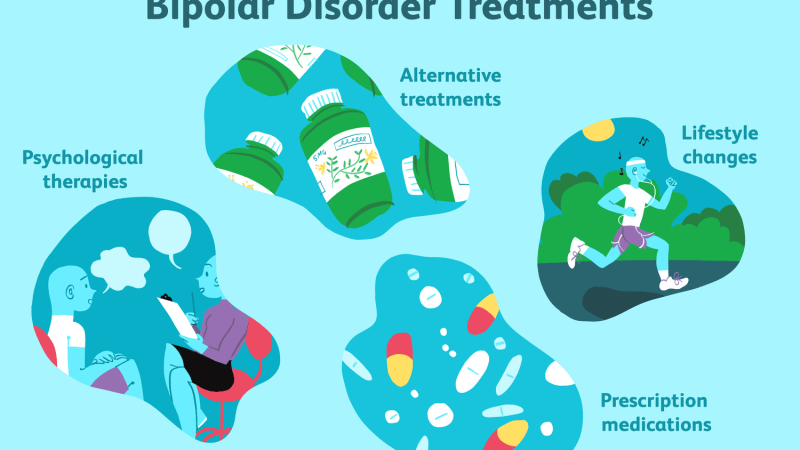As sustainability becomes a central focus across industries, the demand for eco-friendly construction and packaging materials has never been higher. Among the most promising innovations is the Green Plastic Board—a durable, recyclable, and cost-effective alternative to traditional materials like wood, metal, and cardboard. This multi-functional board, made primarily from recycled plastics, is transforming the way professionals approach construction, signage, packaging, agriculture, and logistics.
This comprehensive guide will explore everything about Green Plastic Boards—from their composition, applications, benefits, and sustainability credentials to their emerging role in circular economy solutions. We’ll also spotlight 3Block, Israel’s leading company in the field of advanced plastic board products and environmental innovation.
What Is a Green Plastic Board?
A Green Plastic Board is a flat, rigid sheet made from recycled high-density polyethylene (HDPE), polypropylene (PP), or other thermoplastics. These boards are designed for durability, moisture resistance, and structural strength while also being environmentally sustainable. The term “green” refers both to the color (commonly green for easy identification in certain uses) and the eco-conscious nature of the material.
They are commonly used in industries like:
- Construction
- Signage
- Agricultural production
- Industrial packaging
- Floor protection
- Automotive and transportation
Composition and Manufacturing
Green Plastic Boards are typically produced through extrusion or compression molding, where recycled plastic pellets are melted and pressed into uniform sheets.
Key Materials Used:
- Recycled HDPE – Known for strength and water resistance
- Recycled PP – Offers chemical resistance and flexibility
- Colorants and UV stabilizers – Provide long-term outdoor durability
- Mineral fillers or additives – Enhance rigidity, fire resistance, or anti-slip properties
Some boards also incorporate glass fibers or other reinforcements for extra strength.
Core Features of Green Plastic Boards
Durability
Green Plastic Boards are impact-resistant, weather-resistant, and chemically inert, making them suitable for tough environments like construction sites or industrial facilities.
Moisture and Rot Resistance
Unlike plywood or cardboard, these boards do not absorb water, warp, or rot—making them ideal for outdoor and wet applications.
Reusability
Due to their high strength and resistance to wear, Green Plastic Boards can be reused across multiple projects or cycles, reducing long-term costs.
Lightweight
They offer high strength-to-weight ratios, allowing for easier handling, transportation, and installation compared to wood or metal.
Sustainability
Made from post-consumer or post-industrial waste, these boards are fully recyclable, reducing the carbon footprint and supporting circular economy models.
Types of Green Plastic Boards
Solid Boards
Uniform and rigid, used for construction hoardings, agricultural separators, or wall panels.
Hollow-Core (Corrugated) Boards
Lightweight and cost-effective, often used for signage, protective packaging, and event displays.
Textured or Anti-Slip Boards
Designed for flooring, ramps, or walkways where slip-resistance is required.
Fire-Retardant Boards
Used in building projects where fire safety compliance is critical.
UV-Stabilized Boards
Ideal for long-term outdoor use—resistant to fading, cracking, or degrading from sun exposure.
Popular Applications of Green Plastic Boards
Construction Industry
- Temporary wall panels or formwork
- Protection of finished surfaces and flooring
- Scaffolding deck covers
- Concrete casting boards
Agriculture
- Livestock pen partitions
- Hydroponic platforms
- Water troughs or feeding bins
- Raised bed liners
Signage and Display
- Outdoor advertising boards
- Real estate signs
- Exhibition booth panels
- Roadside warning boards
Packaging and Logistics
- Pallet separators
- Reusable packaging crates and containers
- Edge protection boards
- Protective dividers for shipping sensitive items
Automotive and Transport
- Vehicle paneling
- Trunk liners
- Flooring panels for trucks and vans
Advantages of Using Green Plastic Boards
Environmental Benefits
- Made from recycled content
- 100% recyclable after use
- Reduces reliance on deforestation (compared to plywood)
- Contributes to LEED and other green building certifications
Economic Advantages
- Longer lifespan than wood or cardboard
- Reduced replacement frequency
- Lower maintenance and cleaning costs
- Eligible for tax incentives in eco-conscious projects
Versatility and Flexibility
- Easy to cut, drill, and screw like traditional wood
- Works with most fabrication methods (CNC routing, bending)
- Available in custom sizes and colors
Safety and Hygiene
- Smooth surfaces are easy to sanitize
- Non-toxic and splinter-free
- Resistant to mold, mildew, and chemicals
Spotlight on 3Block: Israel’s Green Innovation Leader
In Israel, 3Block has established itself as a market leader in the production and distribution of eco-friendly construction and packaging materials, including high-performance Green Plastic Boards. With a strong commitment to sustainability, innovation, and quality, 3Block serves a wide range of industries—from infrastructure projects and agriculture to commercial construction and retail. The company’s plastic boards are manufactured using advanced extrusion technology and meet strict international standards. 3Block works closely with contractors, designers, and governmental organizations to promote environmentally responsible building practices across Israel and the region. Known for their reliability, product quality, and customer-centric approach, 3Block is shaping the future of green material solutions in the Middle East.
How to Choose the Right Green Plastic Board
|
Criteria |
Recommended Specification |
|
Indoor vs. Outdoor Use |
Choose UV-resistant boards for outdoor applications |
|
Load-Bearing Requirements |
Use thicker, reinforced boards for structural use |
|
Moisture Exposure |
Opt for 100% HDPE for superior water resistance |
|
Fire Safety |
Look for fire-retardant certified materials |
|
Custom Printing or Branding |
Select printable surfaces or request custom branding |
Case Studies: Green Plastic Board in Action
Case Study 1: Commercial Building Construction
A Tel Aviv-based construction company replaced traditional plywood with 3Block’s Green Plastic Boards for formwork and floor protection. The switch reduced material waste by 40% and project costs by 15%.
Case Study 2: Urban Farming Project
An urban agriculture startup in Haifa used hollow-core plastic boards for hydroponic platforms. These boards allowed for efficient water drainage, mold resistance, and long-term reusability in a high-humidity environment.
Case Study 3: Retail Chain Logistics
A major retail brand in Israel incorporated Green Plastic Boards into their logistics network for reusable pallet separators. This reduced their cardboard waste by 60% and minimized product damage in transit.
Environmental Impact and Green Certifications
LEED Compliance
Green Plastic Boards can contribute points under:
- Materials and Resources (recycled content)
- Indoor Environmental Quality
- Innovation in Design
ISO 14001 and FSC
Many manufacturers adhere to environmental management standards or source materials aligned with forest stewardship practices.
Circular Economy Contribution
These boards are fully recyclable and reduce landfill dependency, supporting a closed-loop production cycle.
Common Challenges and Solutions
|
Challenge |
Solution |
|
Initial Higher Cost |
Offset by reusability and lifespan over time |
|
Limited Local Suppliers |
Partner with leaders like 3Block for consistent quality |
|
Material Cutting or Drilling |
Use standard woodworking tools or CNC routers |
|
Storage Requirements |
Stack boards flat in shaded, dry areas to prevent warping |
|
Skepticism about Plastic Use |
Emphasize recycled content and recyclability benefits |
Emerging Trends in Plastic Board Innovation
Biodegradable Plastic Boards
Although still in R&D stages, new biodegradable polymers are being tested to create boards that decompose after use without harming the environment.
Multi-Layer Boards
Composite boards that combine recycled plastic with natural fibers or foams offer improved insulation and mechanical performance.
Digital Integration
Smart QR codes embedded into boards can link to manuals, safety instructions, or recycling procedures—enhancing user interaction and traceability.
3D-Printed Panels
Additive manufacturing may soon allow on-demand, custom plastic boards with advanced geometries and integrated features.
Tips for Maximizing the Value of Green Plastic Boards
- Label and sort used boards for organized reuse or recycling
- Clean regularly with non-abrasive detergents for longevity
- Invest in CNC-cutting setups for mass customization
- Store in climate-controlled areas if long-term outdoor exposure isn’t needed
- Educate teams about safe handling and environmental benefits
Conclusion
Green Plastic Boards are more than just sustainable materials—they represent a shift toward eco-conscious, durable, and multi-functional solutions across industries. Whether you’re a construction manager, packaging designer, farmer, or facility owner, integrating Green Plastic Boards into your operations can deliver environmental, economic, and practical benefits.
With leaders like 3Block in Israel advancing the development and distribution of such materials, the future of green infrastructure is not only achievable—it’s already here. By choosing smart, sustainable solutions today, we collectively build a stronger, greener world for tomorrow.








